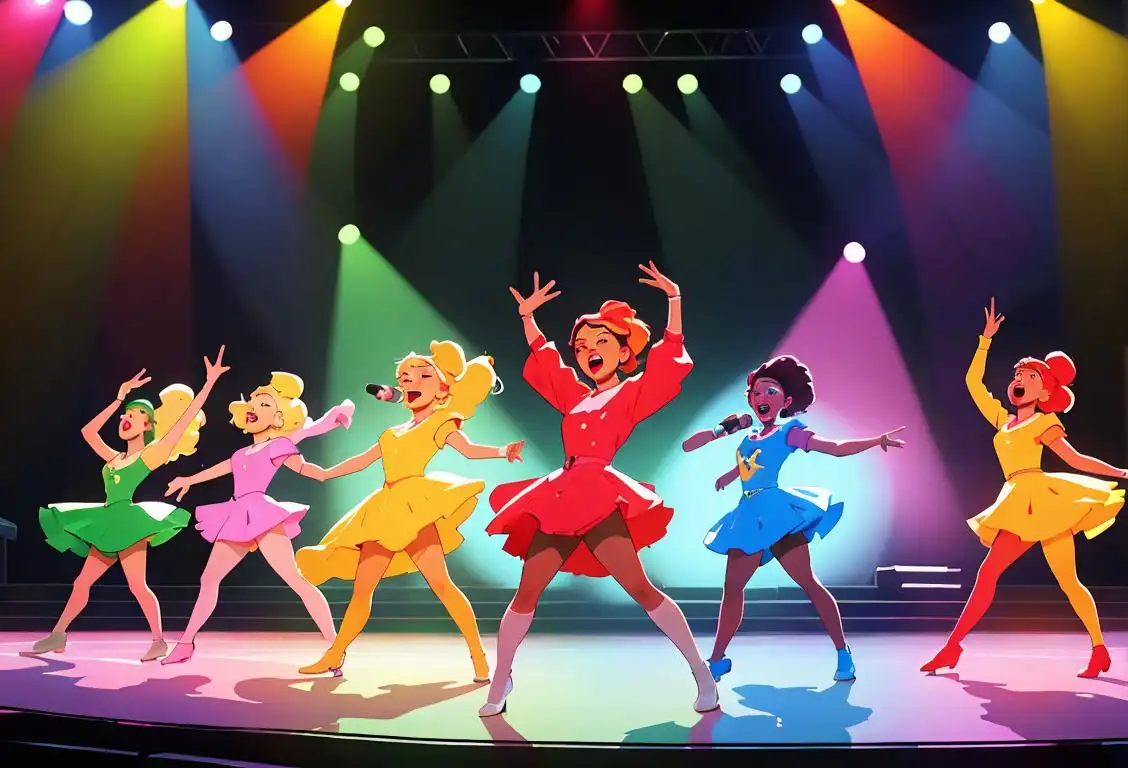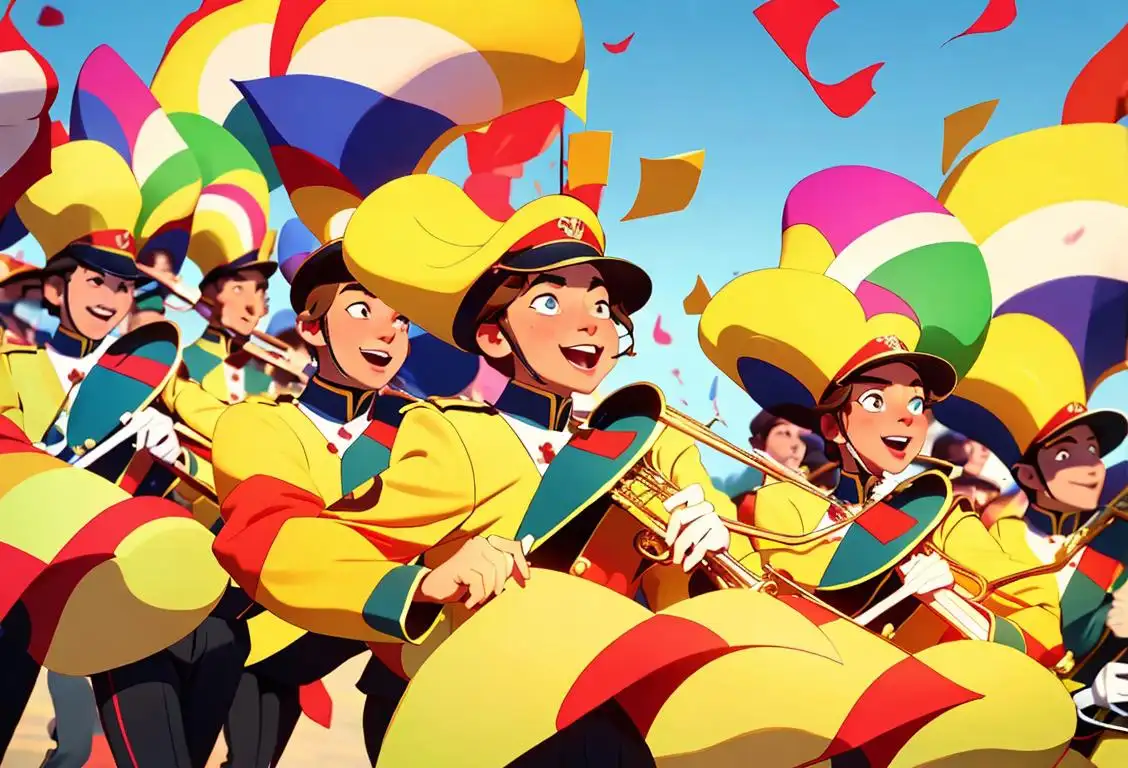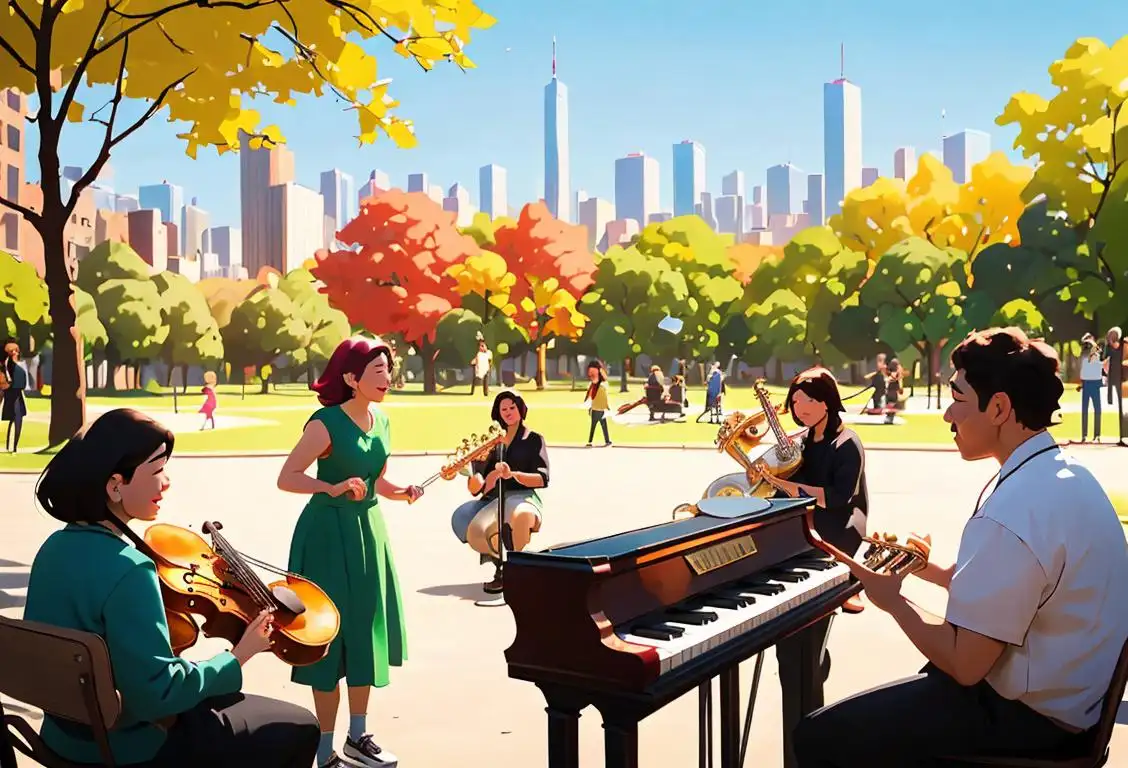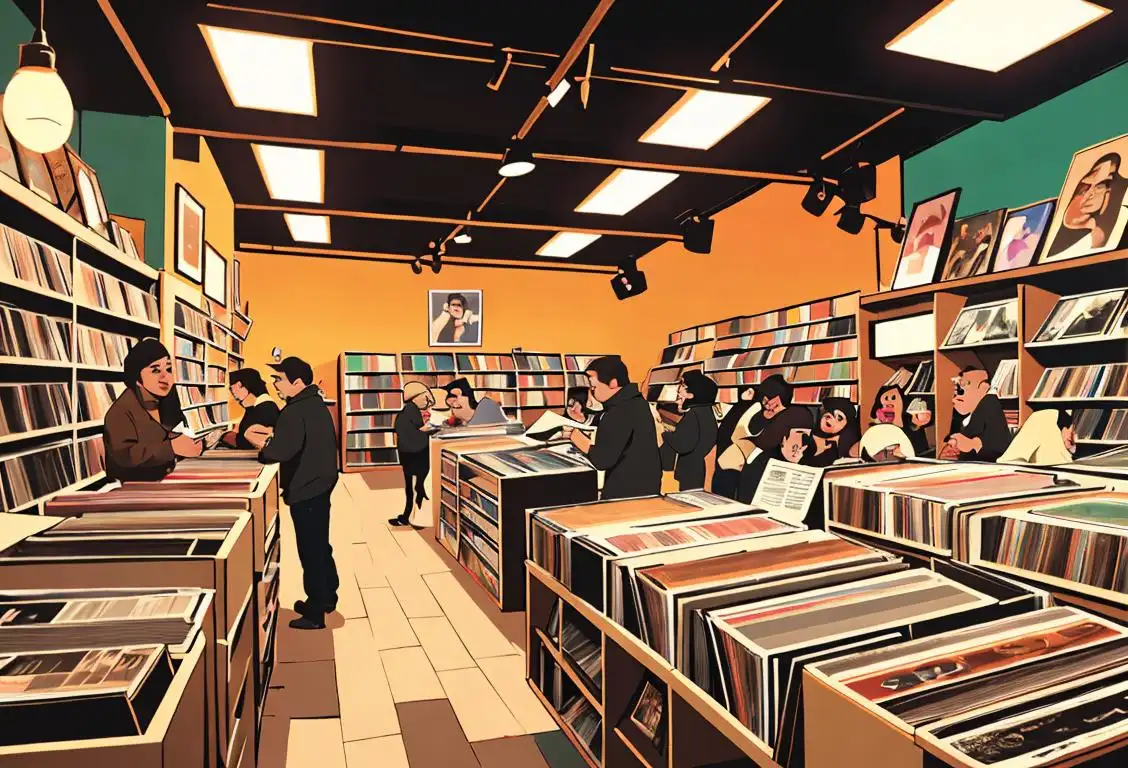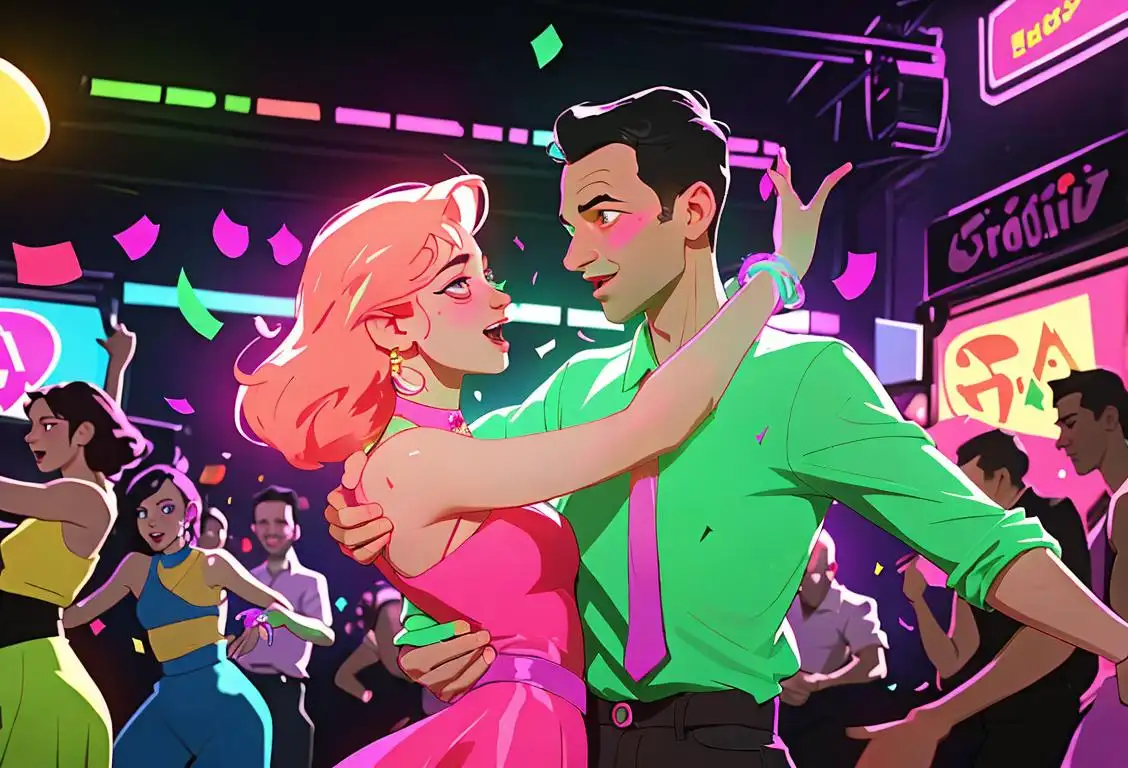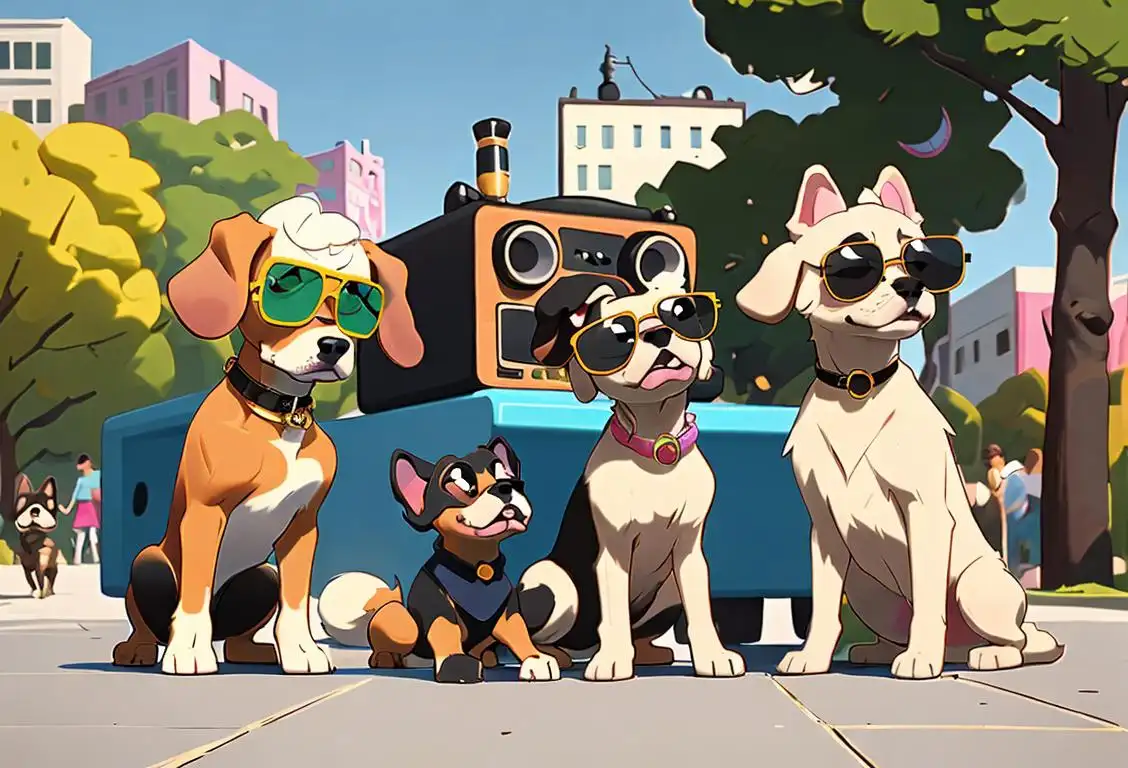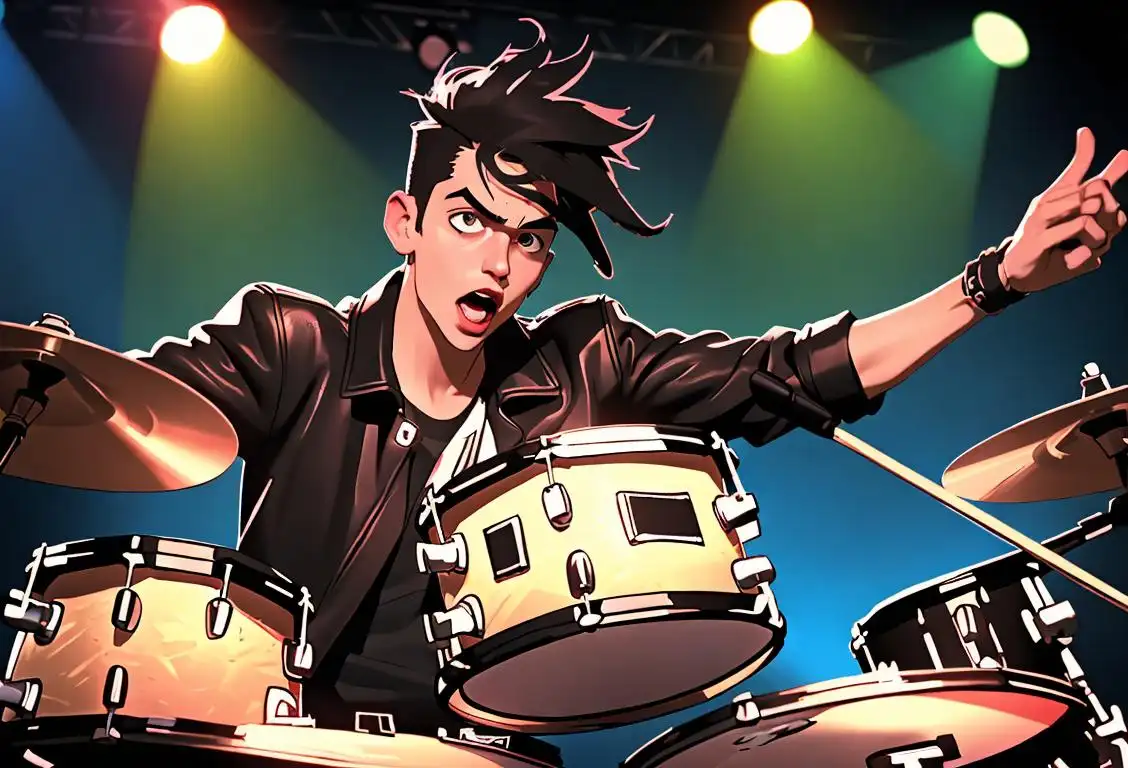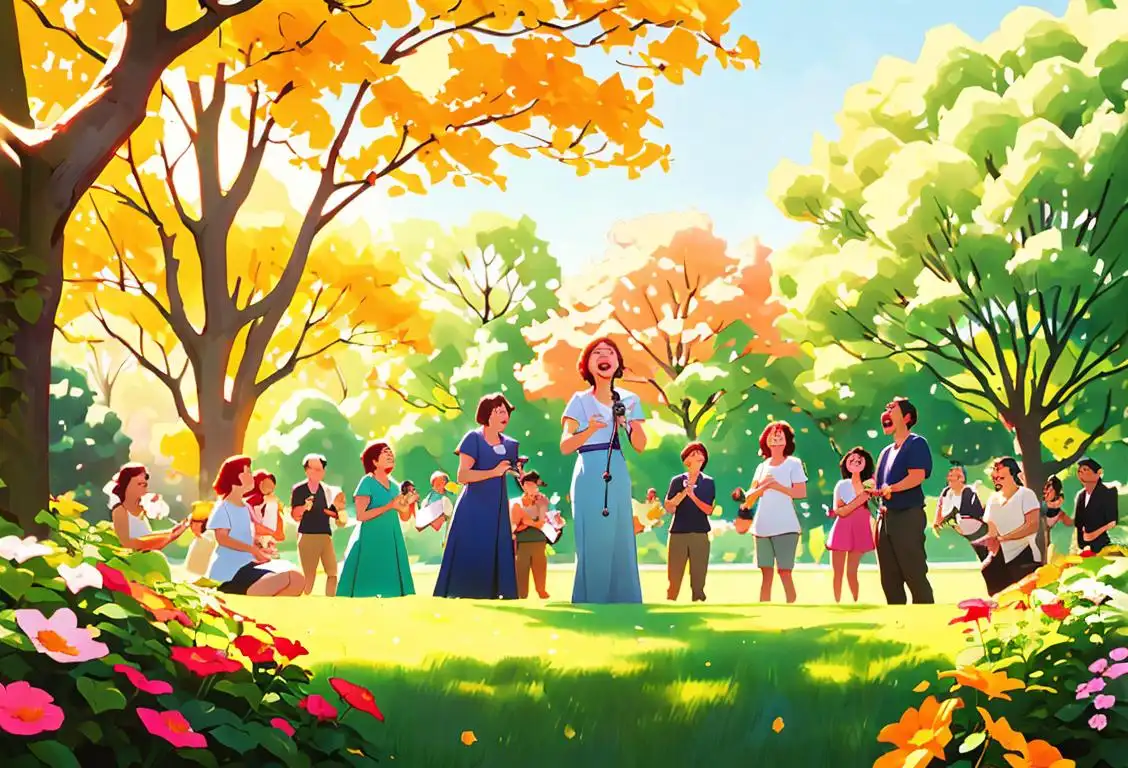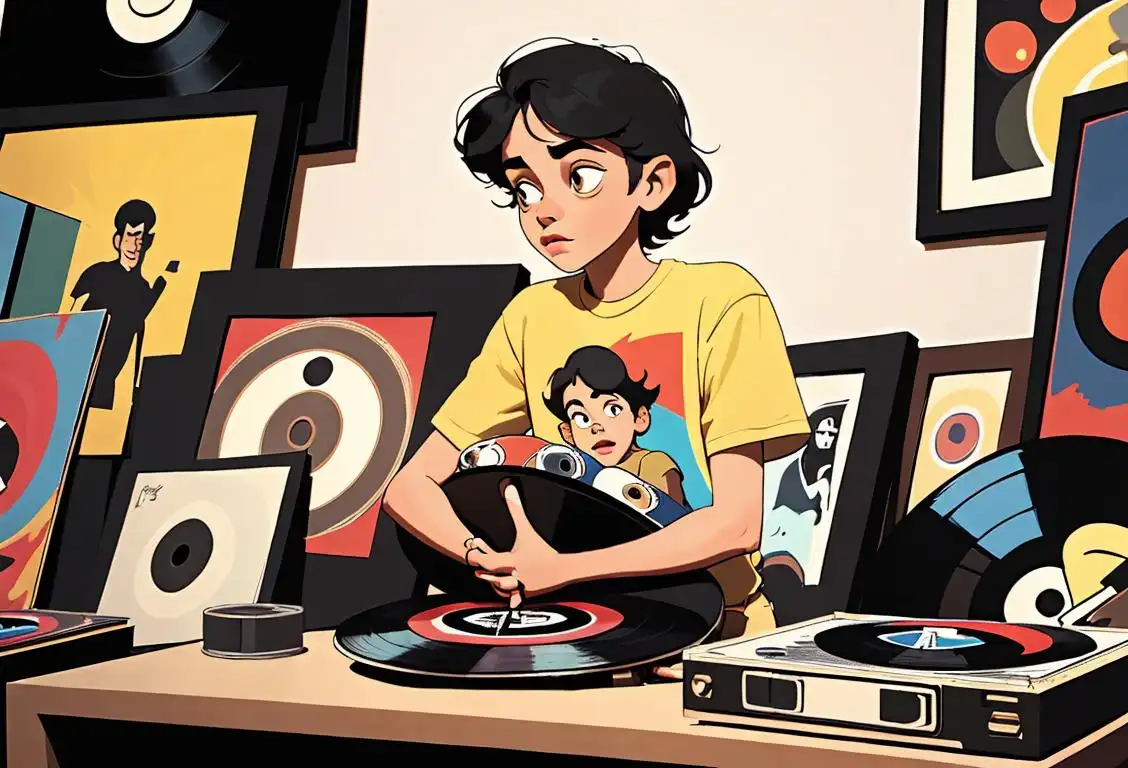National Percussion Day
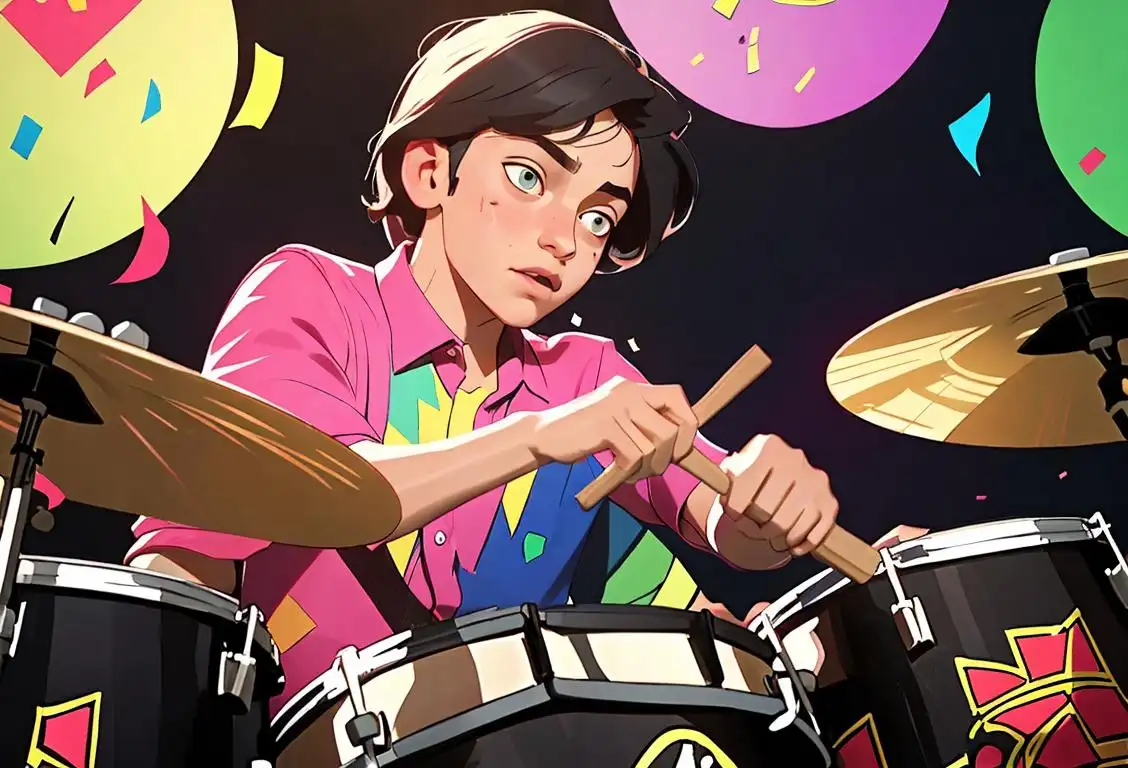
Get ready to shake things up because it's National Percussion Day! This is a day to honor the rhythm makers, the beat keepers, and the drum enthusiasts who add that extra flair to our lives. Whether you have a passion for pounding on drums or just appreciate the toe-tapping beats, National Percussion Day is the perfect time to celebrate the power of percussion.
When is Percussion Day?
It's national percussion day on the 15th November.
The Roots of National Percussion Day
Every year on November 15th, percussionists and music lovers come together to commemorate National Percussion Day. But what's the story behind this groovy celebration? Well, it all started with a bang (pun intended).
The rhythmic art of percussion has been an integral part of human culture for centuries. From ancient tribal rituals to modern music genres, percussion instruments have always had the power to move us physically and emotionally. National Percussion Day was established to honor this rich musical heritage and to highlight the skills and talents of percussionists worldwide.
A Symphony of Percussive Delights
On National Percussion Day, the world becomes a giant drum set waiting to be explored. From traditional drums like djembes and congas to more contemporary instruments like drum machines and electronic pads, percussionists of all backgrounds make their voices heard.
Communities around the globe organize events, workshops, and performances to showcase the diverse range of percussion styles and techniques. You might find yourself tapping your feet to the vibrant rhythms of a drum circle, or swaying to the intricate beats of a percussion ensemble. Be prepared to witness musical magic that will invigorate your senses and get your body moving!
Did You Know?
Did you know that the world's largest drum set consists of a staggering 340 pieces? That's more drums than you can shake a stick at! It was created by Dr. Mark Temperato and is proudly displayed at the Chops Drum and Music Superstore in Rhode Island. Talk about a drumming extravaganza!
History behind the term 'Percussion'
14th Century
The Beginnings
In the 14th century, the term 'percussion' originated from the Latin word 'percussio', meaning 'a striking, a blow.' It was used to describe any musical instrument that produced sound by being struck or shaken. These early percussive instruments ranged from simple drums and cymbals to more intricate ones like bells and gongs.
19th Century
Expansion and Diversification
During the 19th century, percussion instruments underwent significant expansion and diversification. The emergence of the modern orchestra led to the inclusion of a wider range of percussive instruments, such as the timpani, xylophone, marimba, and triangle. Composers started utilizing percussion to add dramatic effects and unique tones to their compositions. This period marked the beginning of percussion becoming an integral part of Western classical music.
20th Century
Influence in Jazz and Popular Music
In the 20th century, percussion continued to evolve and make its mark in various musical genres. In jazz, percussion played a pivotal role in driving rhythm and improvisation, with instruments like the drum set, congas, and bongos gaining prominence. In popular music, the introduction of drum machines and electronic percussion instruments revolutionized the sound of popular songs and allowed for new creative possibilities.
21st Century
Percussion in World Music
In the 21st century, percussion instruments have found a home in world music, allowing musicians to explore diverse cultural traditions. Artists incorporate instruments like the djembe, tabla, and cajon to add unique rhythms and textures to their compositions. Percussion ensembles have also gained popularity, showcasing the intricate and synchronized performances of multiple percussive instruments from various cultures around the world.
Did you know?
Did you know that the world's largest drum set consists of a staggering 340 pieces? That's more drums than you can shake a stick at!Tagged
fun celebration musicFirst identified
15th November 2017Most mentioned on
15th November 2017Total mentions
24Other days
Stadium Concert And Had To Add Another Day
Marching Arts Day
Music Day
Record Store Day
Giggs Day
Dogg Day
Drummer Day
Sing Out Day
Album Day
Hate On Blackpink Day
